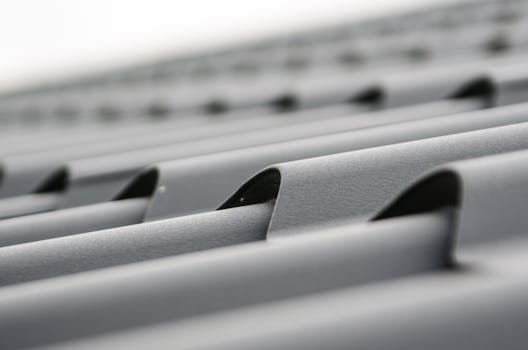Different Types of Roof Coverings and Their Lifespan
Choosing the right roof covering is crucial for any homeowner or builder, as it not only affects the aesthetic appeal of a property but also its durability and maintenance needs. With a variety of materials available, understanding the lifespan and characteristics of each type can help in making an informed decision. This article explores the most common roof coverings, their lifespans, and the factors that influence their longevity.
Asphalt Shingles
Asphalt shingles are one of the most popular roofing materials in North America, primarily due to their affordability and ease of installation. They come in two main types: organic and fiberglass. Organic shingles are made from recycled paper products, while fiberglass shingles are made from a fiberglass mat coated with asphalt.
- Lifespan: Typically 15 to 30 years.
- Advantages: Cost-effective, available in various colors and styles, and relatively easy to repair.
- Disadvantages: Susceptible to wind damage and may not perform well in extreme temperatures.
According to the National Roofing Contractors Association (NRCA), asphalt shingles account for approximately 80% of residential roofing in the U.S., highlighting their widespread acceptance and use.
Metal Roofing
Metal roofing has gained popularity due to its durability and energy efficiency. Common materials include steel, aluminum, copper, and zinc. Metal roofs can be installed as panels or shingles and are known for their longevity.
- Lifespan: 40 to 70 years, depending on the material.
- Advantages: Highly durable, resistant to extreme weather, and energy-efficient due to reflective properties.
- Disadvantages: Higher initial cost and potential noise during rain or hail.
Case studies show that metal roofs can withstand severe weather conditions, making them a preferred choice in areas prone to hurricanes or heavy snowfall.
Clay and Concrete Tiles
Clay and concrete tiles are known for their distinctive appearance and exceptional durability. They are often used in Mediterranean-style architecture and are available in various colors and styles.
- Lifespan: 50 to 100 years.
- Advantages: Extremely durable, fire-resistant, and energy-efficient.
- Disadvantages: Heavy weight requires a strong roof structure, and they can be more expensive than other materials.
In regions with high temperatures, clay tiles can help reduce cooling costs, making them an energy-efficient option.
Slate Roofing
Slate is a natural stone that offers a unique and elegant appearance. It is one of the most durable roofing materials available, often used in historic buildings and upscale homes.
- Lifespan: 75 to 200 years.
- Advantages: Long-lasting, fire-resistant, and requires minimal maintenance.
- Disadvantages: High cost and requires professional installation due to its weight and fragility.
Slate roofs can significantly enhance property value, making them a worthwhile investment for homeowners looking for longevity and aesthetic appeal.
Wood Shingles and Shakes
Wood shingles and shakes provide a natural look and are often made from cedar, redwood, or pine. Shingles are machine-cut for a uniform appearance, while shakes are hand-split for a more rustic look.
- Lifespan: 20 to 40 years.
- Advantages: Attractive appearance and good insulation properties.
- Disadvantages: Susceptible to rot, insects, and fire unless treated.
Regular maintenance, including cleaning and treatment, can extend the lifespan of wood roofs significantly.
Conclusion
When selecting a roof covering, it is essential to consider not only the initial cost but also the lifespan and maintenance requirements of the material. Asphalt shingles offer affordability, while metal roofing provides durability and energy efficiency. Clay and concrete tiles, along with slate, are excellent for longevity, while wood shingles add natural beauty but require more upkeep.
Ultimately, the choice of roofing material should align with the homeowner’s budget, aesthetic preferences, and the local climate. By understanding the different types of roof coverings and their lifespans, homeowners can make informed decisions that will protect their investment for years to come.
